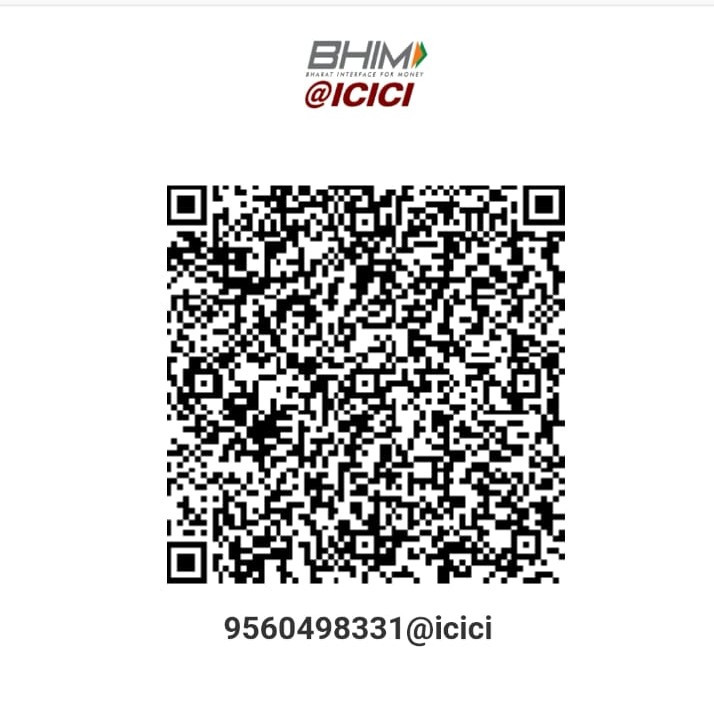The financial environment in India has changed dramatically in recent years, with the introduction of the Unified Payments Interface (UPI) technology playing a critical role in defining the digital banking industry. In light of the present economic situation, the UPI system has emerged as a game changer, revolutionizing transaction processes and helping to the country's push towards a cashless economy.
The National Payments Corporation of India (NPCI) developed the UPI system in 2016, which allows for smooth and instantaneous financial transfers between banks via mobile devices using a single identification known as the Virtual Payment Address. This invention has not only streamlined transactions, but it has also promoted financial inclusion by making a user-friendly platform available to both urban and rural residents.
One of the most impressive features of the UPI system is its interoperability, which enables users to link different bank accounts to a single UPI ID. This functionality eliminates the need for numerous applications or platforms, speeding the payment process and creating a cohesive digital experience. As a result, the UPI system has expanded exponentially, processing billions of transactions every month.
The pandemic-induced constraints highlighted the value of contactless transactions, and the UPI system rose to the occasion. Consumers and companies alike quickly adapted to the new normal, minimizing economic disruptions, thanks to the ease of QR code scanning and the simplicity of VPA-based transactions. The UPI system's influence on small and medium-sized businesses (SMEs) cannot be emphasized. The capacity to accept payments instantaneously has enabled firms, particularly small enterprises, to handle their financial flows more effectively. This has not only increased their resilience in difficult economic times, but has also fueled entrepreneurial development and innovation.
While the UPI system has clearly resulted in many beneficial advances, issues remain. Cyber security concerns and the necessity for continuing technical developments to remain ahead of fraudsters are two issues that require regular attention. As the UPI system evolves, stakeholders must work to strengthen the security infrastructure and ensure the stability of digital financial ecosystems.
(Author: Aabid Reshi is a (Ph.D) Scholar- [email protected])




